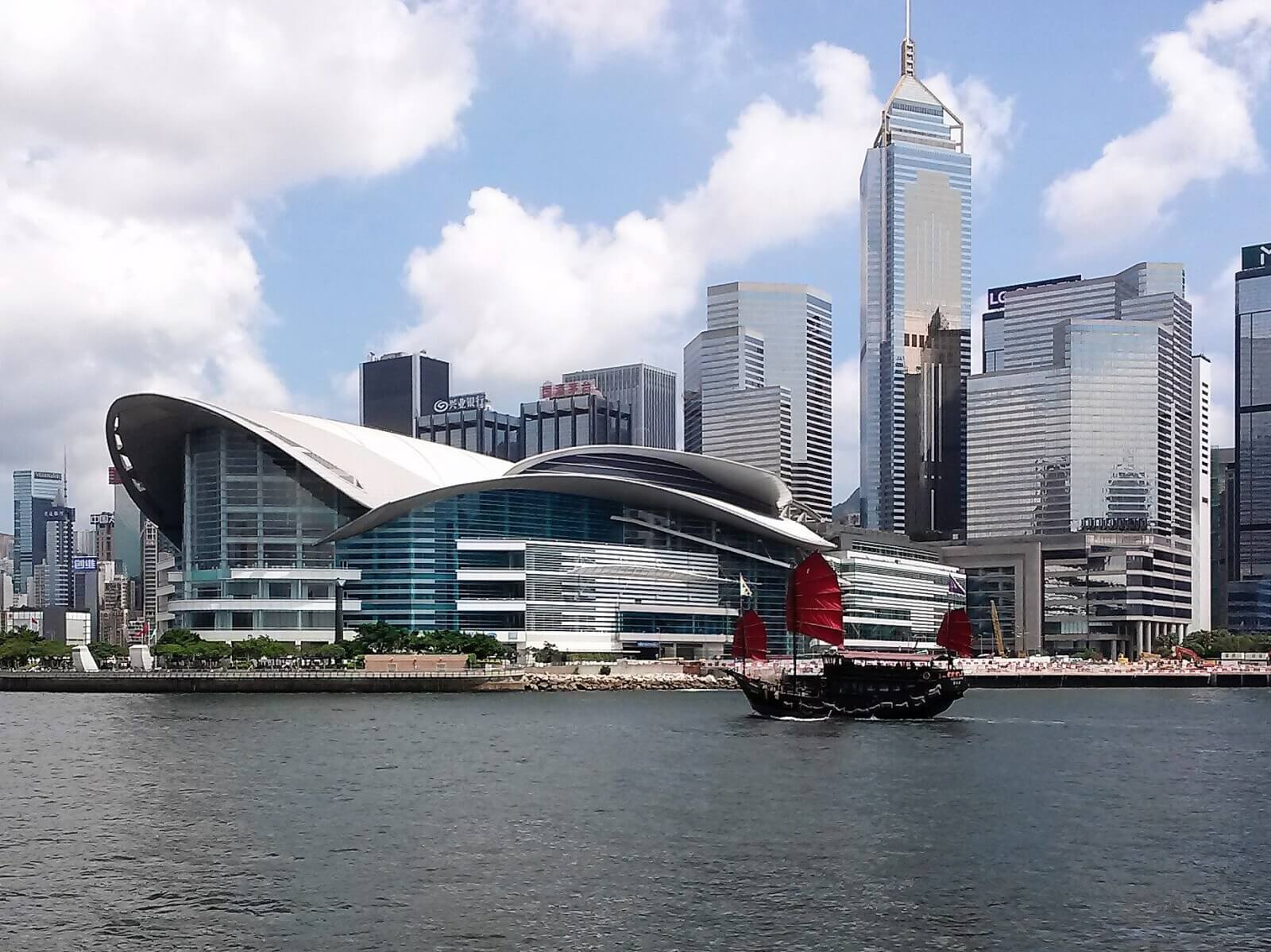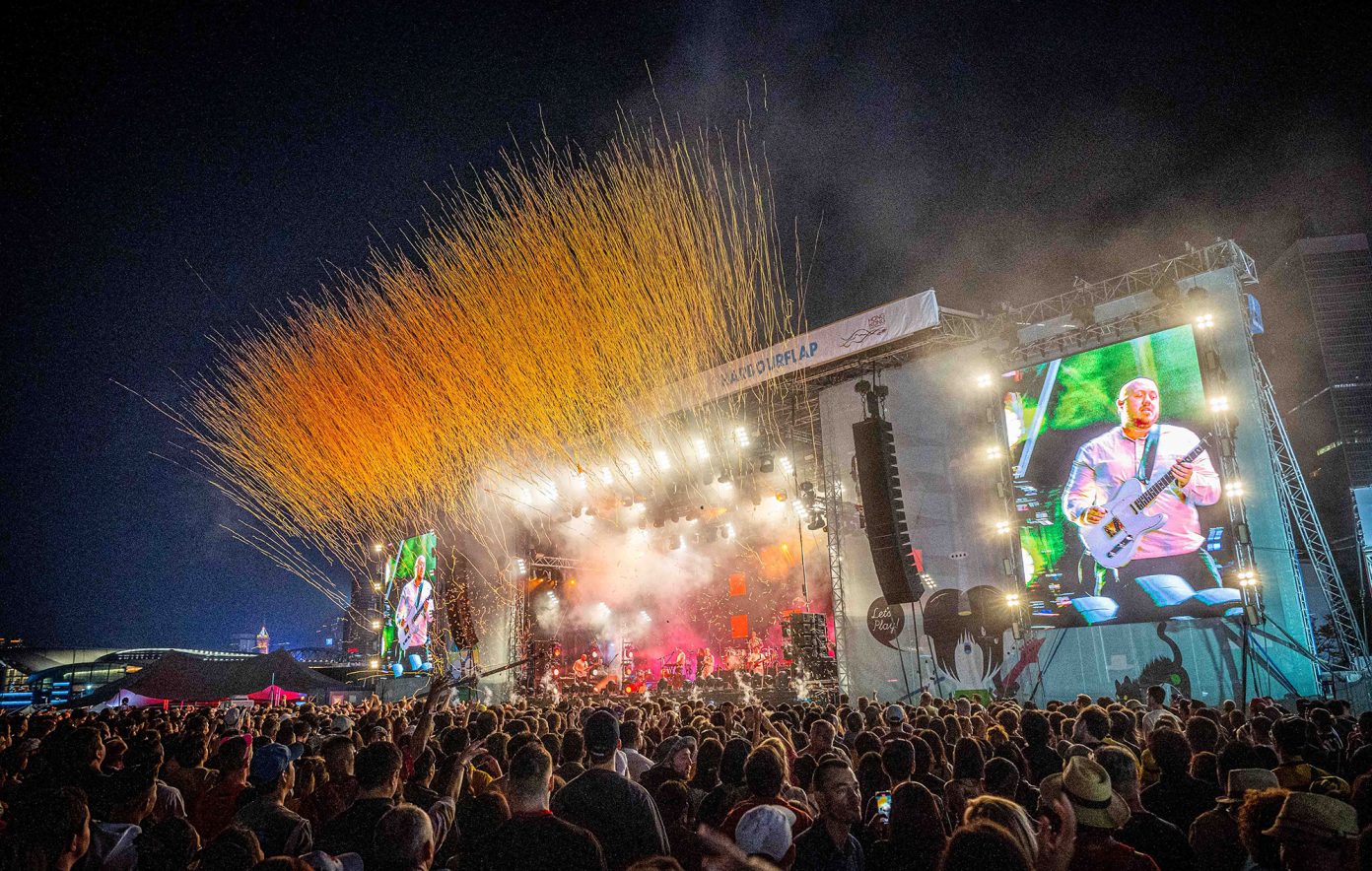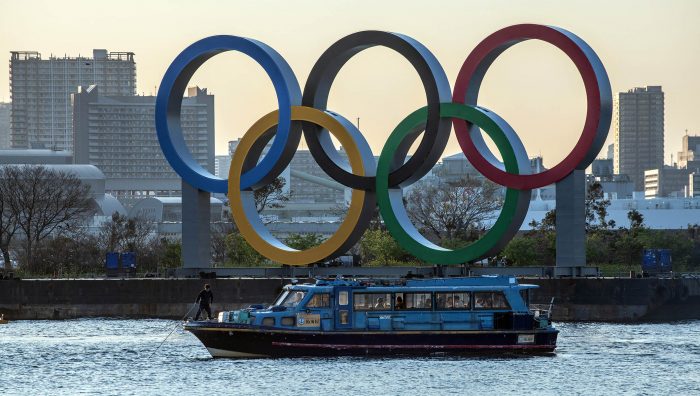The glossy pictures from the hotel arrive, backing up everything the sales person said about the ballroom with its high ceilings, the rooms with their luxuriously appointed bathrooms, stunning views and the spa which is newly opened.
But what about the fact that half the hotel is still being renovated? And the ballroom is quite a hike from the rest of the facilities, down narrow, dreary corridors? And there are not enough rooms for every delegate to enjoy those stunning views? Site inspections are a crucial element in ensuring that a venue is up to snuff and can cater to the type of event, the size of event and the style of event being organised. From hotels to galleries, outdoor spaces to unique venues, every function space needs personal attention to support the planner’s vision.
Explains Michele Sanvictores, director, external relations at MCI: “I cannot emphasise enough how important it is to see (a venue) with your own two eyes. Relying on brochures and the website will show you what the venue wants you to see, but you will only see the imperfections if you see it for yourself.”
The importance of onsite inspections becomes especially clear when seasoned event organisers share experiences of near misses. Steven Ong, senior operations manager for MCI Hong Kong, shares the story of a colleague who “nearly cancelled a site inspection trip to a country in South America because he felt it was too far and he could get all the information from the brochures, pictures and the website. But in the end, he did go and immediately crossed one of the hotels off his list. “The hotel had airbrushed the background, so he got there and instead of a forest in the background, there was a very large, ugly building.”

Vision, purpose and pitch
How do planners avoid these pitfalls and make sure everything is in tip-top shape? The answer is two-pronged: be the attendee and be smarter than the venue. “The things we have to look for at a site inspection are different to the sales pitch they want to give you at the hotel, so you have to know the steps to take and the things to look for,” says MV Destination chief executive Clemson Lo.
The first piece of advice for companies and their event planners is to make sure that the space fits the vision mapped out for the event and the ideal that the attendees will expect.
The meeting rooms might be lovely, but if they aren’t big enough, it doesn’t matter. “You want to visualise that your event canrr work in that space,” Sanvictores explains. “When you walk in the room, is there enough space for tables, is there room for a bar, where will the buffet table go? Then, you look for structural imperfections. Are the ceilings lower and thus that changes the idea of the theme; are there pillars that interrupt the line of sight? Those kinds of things are what a site inspection is all about.”
For meetings, “we don’t worry about the ambience,” says Lo. “Those nice things to have for events like pillars and centrepieces and that kind of thing become problems with meetings. Instead, we have to look at the shape of the room. Square rooms work better. We want to see the lighting; we need to find out where the hooks are that we can hang a banner – if you are in a ballroom, often there aren’t any. Where can the stage go? Sometimes with irregular venues you put a stage up and realise that the shape of the room isn’t working or the backdrop can’t go behind the stage. It’s that kind of thing we want to know.”
Equally, bear in mind that when a hotel or venue sales person takes a planner on a tour, everything is meant to be perfect. Newer rooms will be viewed, corridors will have been cleared of food trays or cleaning supplies in advance, and meetings and event spaces will have been set up to showcase their best features. What event organisers won’t see are rooms overlooking the garbage cans, the nightclub that shares a non-soundproofed wall with the ballroom, or any of the other unsightly but important details. Unless the venue is a familiar one used many times before for a similar type of event, go back after the pristine viewing and see it with fresh eyes.
Ong of MCI Hong Kong says: “I like to go to a hotel and sit in the lobby. Of course when I arrive for the inspection, the doorman greets me with a smile and everyone is very attentive, but what about the experience for the delegates? Will they be able to check in, in a relaxed environment? Is it going to be a comfortable stay or a pleasant space to spend a few days?”
If a hotel or venue goes above and beyond to showcase what it can do, it is a good indication of the way every guest will feel when they attend the event. Sylvia Smith, associate sales director for the Grand Hyatt in Hong Kong, explains: “Site inspections are really show time for us. It’s where we can show the client what we are capable of.” While normally a hotel will send a limo to pick up a client, the Grand Hyatt will send its luxury yacht, the Grand Cru, to bring clients to its doors, something unique and special, she says.
This is also a chance for the hotel to show it understands the group and its dynamics. For a delegation from Tennessee, the hotel sent purple irises – the state flower – to the room, and as they were waiting for their car to depart, had a singer serenade them with Elvis tunes.
Similarly, for a group from Russia – which recently got the right to enter Hong Kong without a pre-arranged visa – the hotel sent a box of chocolate passports each bearing a red flag.
Smith explains: “Clients know what they want from the event when they arrive, so your job is to allow them to feel and see the atmosphere of the hotel. You want to give them the guest experience as well as providing them the opportunity to address their logistical and technical needs.”
The checklist
The components of a venue that are important on a site inspection depend on the event, the client and the message being delivered. Ong explains: “We always sit down before a site inspection and discuss the requirements so that we look at the right category of hotels or the right type of alternative venues.”
For hotels, the site inspection checklist can be fairly straight forward. For unique venues, while the idea might be spectacular, the logistics require more footwork. “We’ve handled 1,000 people on the Great Wall,” says Sanvictores. In these cases, safety, security and access to essentials like bathrooms or electrical outlets are crucial to the event’s success. “The checklist for looking at an alternative venue is very different from the checklist for a hotel.”
Says Lo: “If you are at a unique venue, you want to know about the accessibility of the building, the electricity and water, where the kitchen can go – basically all of the supporting areas.” Rather than the venue itself, he says it is about the surroundings. To help with this, “I take photos of things, but it’s not the layout,” notes Lo. “I take pictures of the ceiling, or the electrical outlets, or the entry and exit doors, or the generators.”
Unforeseen changes
Whether the size of the group being hosted has changed, or the hotel is under renovation, or the neighbourhood has been built up, a number of factors that go into an event can change without warning.
“There are always going to be problems,” says Lo. “The hotel can tell you what’s going on with the hotel, but not necessarily the construction down the street. You may show up and get quite a shock with how that’s changed.”
But, he says, that does not mean the entire event is a disaster. With at least a few weeks advance warning, the group can generally make any necessary alterations to accommodate for these changes. “The best scenario is to use the changes. Change the theme of the party to something that reflects the new construction, maybe you have to use a different entry point and put decorations along a corridor. It’s all doable.”
Likewise, Sanvictores notes that the size of a group, especially where congresses or association meetings are concerned, can change over the course of a year or two, requiring a re-assessment of the venue and potentially the need to add or build more event space.
Either way, they recommend a walk through about a month before the event is slated to occur, so that any problems can be fixed, and in the worst-case scenario, another venue can be sourced.
Site inspections are intended to be a glimpse into the event, so walking in with a careful understanding of what the event programme looks like and how the venue needs to cater to every aspect of that is the first goal to keep in mind.
Beyond the basics, thinking about the creative elements of the event and the experience of each and every attendee will not only ensure that nothing is overlooked, but will also make the lead up to and preparation for the activities a far less stressful journey.
IMPRESSING CLIENTS ON SITE INSPECTION
Abbie McCrisken, director of events – Macau for Off-Site Connections shares ways to wow clients with innovation and creativity.
• We’ve used different modes of transportation to get clients around the area. We might take Harleys part of the way, then jump in convertibles and then organise a helicopter ride so you aren’t just driving from spot to spot
• Introduce clients to behind-the-scenes aspects of the site: taking them to the back of house or into the kitchen to see how the event will come together
• If we are touring a hotel, we’ll arrange for someone to be in the bathtub or in bed during site inspections
• Once in Queenstown we did a site inspection for an event in which we’d be trout fishing in one of the waterways. We organised to have a scuba diver pop out with a bottle of Moët & Chandon
• Especially with offsite locations that can take hours to get to, we might have a private chef come out with frozen daiquiris and refreshments, which is a way to both make people comfortable and bring in the personalities on that particular site
• Sometimes people show up without really understanding the scope of the site and that it will take four hours to walk around. So someone might show up in stilettos, and we’ll have slippers on hand and make a bit of a joke of it
• We might be doing a helicopter transfer so the client gets a full view of the place and have the company logo carved into a sand cave, so that there’s that added element of attention
to detail
Basic Questions to Ask
• How many rooms are available – just because a hotel has 500 rooms doesn’t mean you can book 500 rooms.
• Will other groups be there at the same time, maybe rival firms?
• What exactly is included in the meeting room charge – food, coffee, notepads, AV equipment? Many “special offers” may leave out crucial elements.
• Is there remodelling or construction going on nearby?
• What is the distance to the bathrooms, kitchen for the caterers and other necessary spaces?
• Will security be needed?
• What are the cleaning and maintenance schedules for all spaces?
• How close is the access to local attractions for delegate downtime?
• What are the emergency exit and safety procedures?


